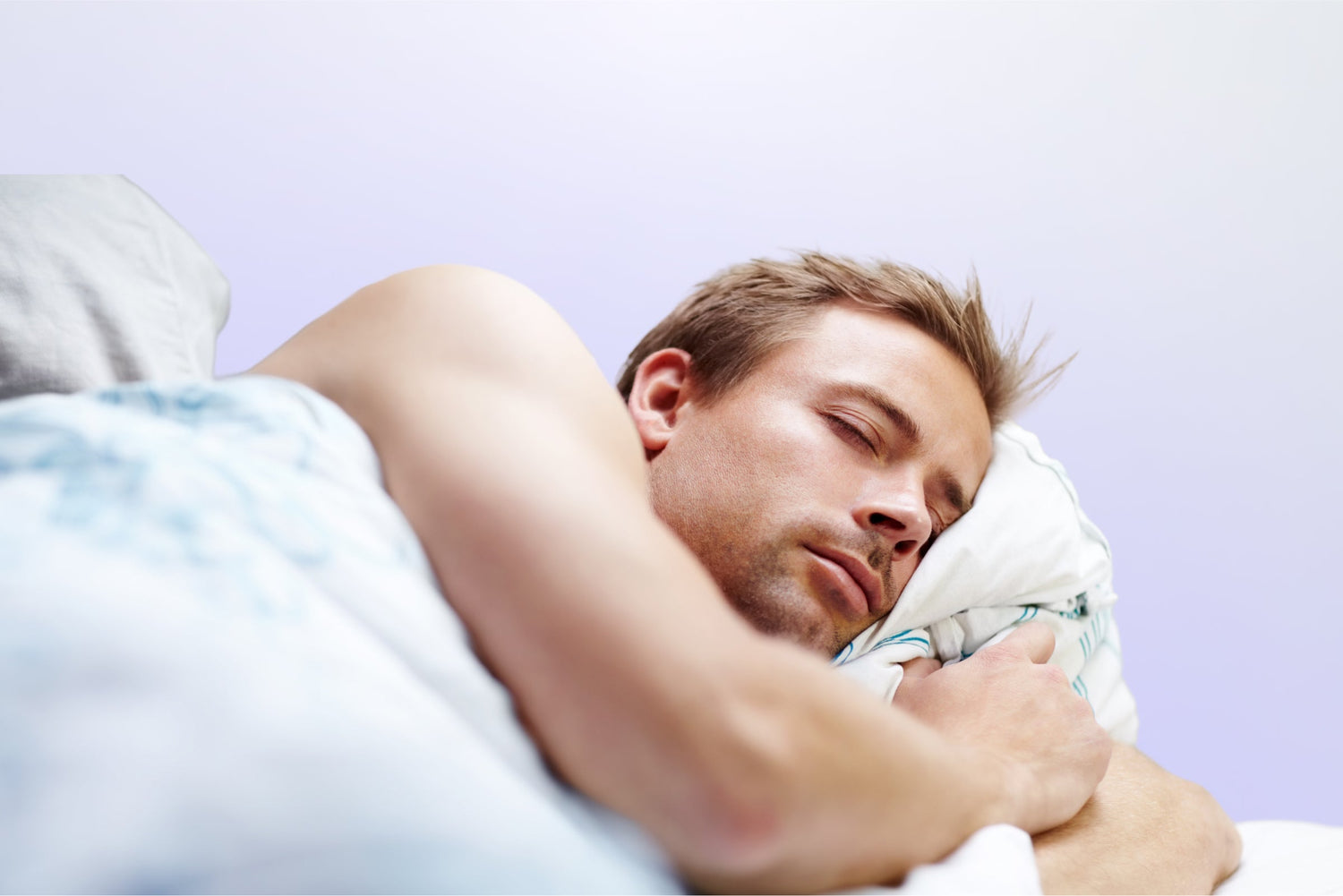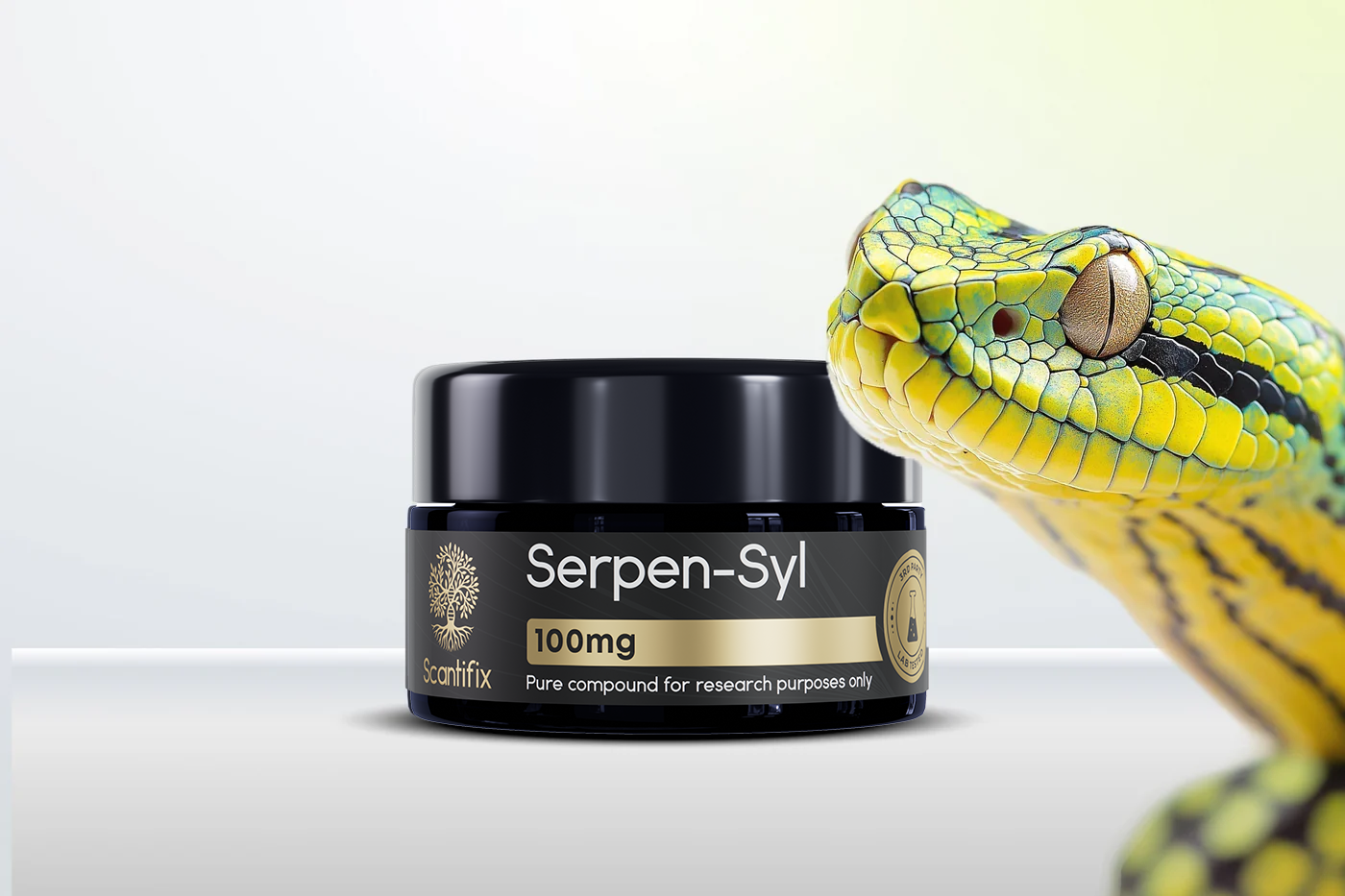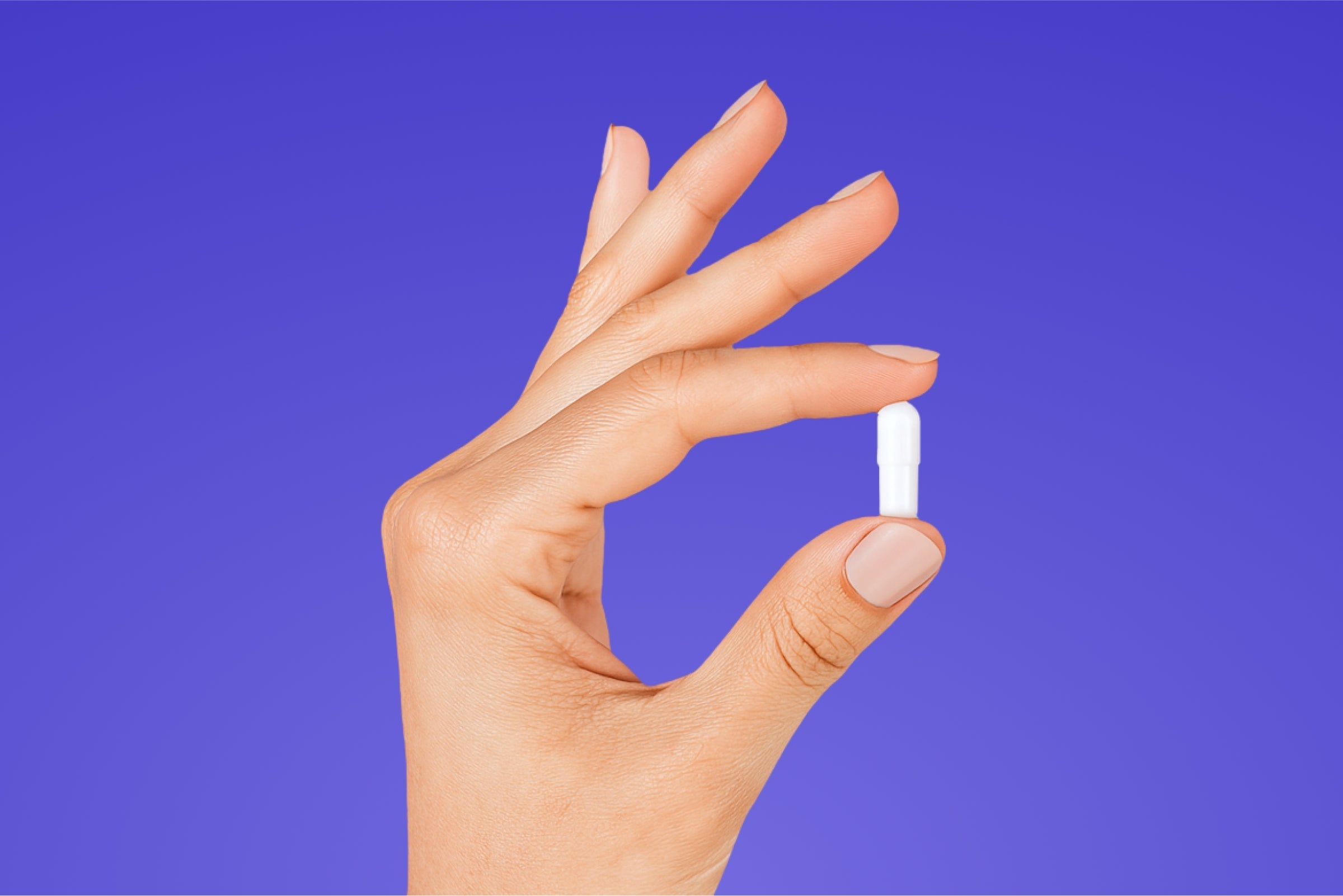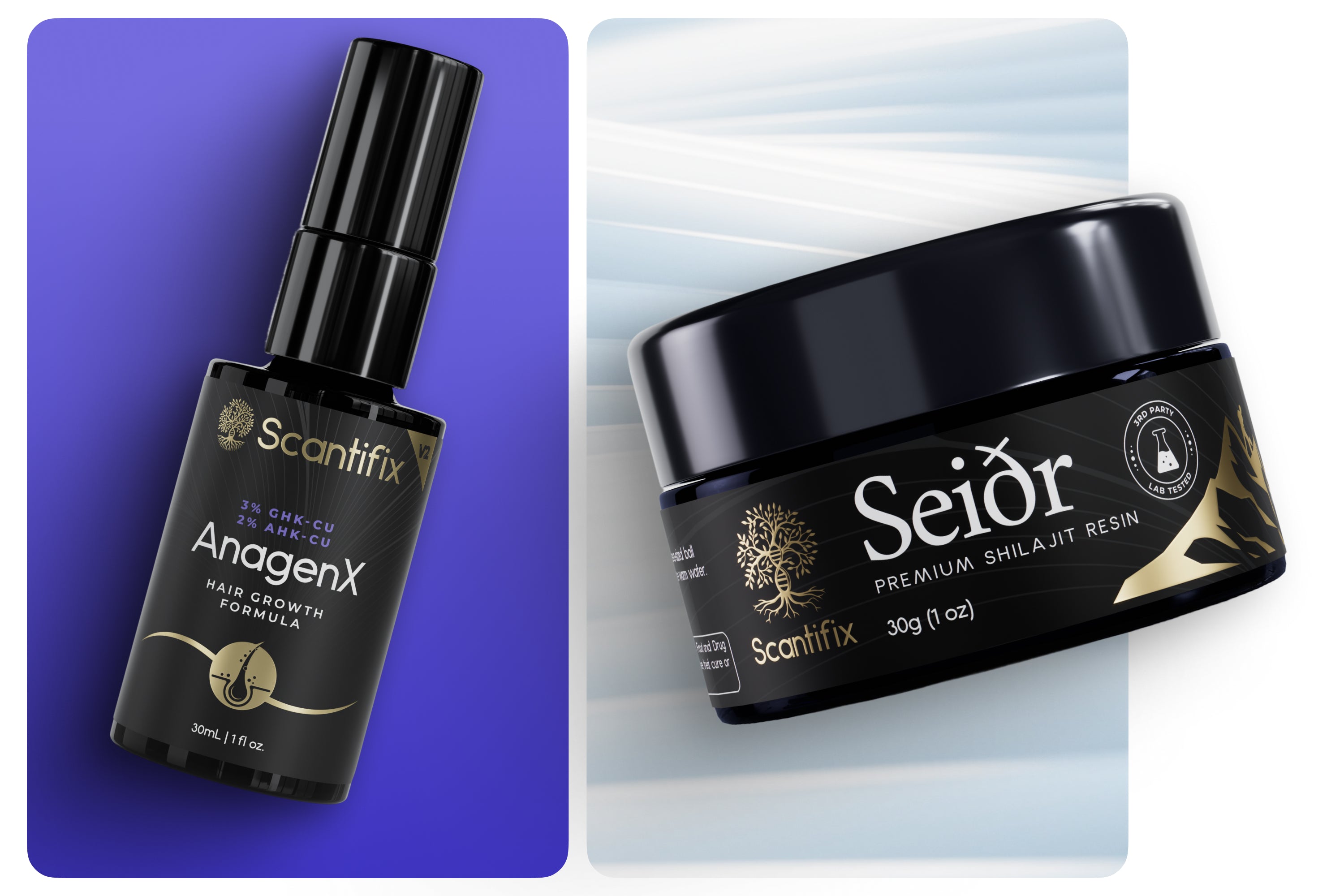We often hear the term “beauty sleep,” but what does it truly mean for our skin? It might be surprising, but the concept of beauty sleep is actually grounded in biology. Beyond just helping us feel rested, quality sleep plays a pivotal role in maintaining and enhancing skin health. Let’s explore the intricate relationship between sleep and skin, and how our nightly rest influences complexion, aging, and overall skin vitality.
Benefits of sleep for skin
So, what’s the deal with sleep and your skin? When you’re sleeping, your body shifts into repair mode — and that includes your skin. Blood flow increases, collagen is produced, and old skin cells are replaced with new ones. These overnight processes help keep your skin firm, smooth, and glowing. The real magic happens during the deeper stages of sleep (especially slow-wave sleep), when your body releases growth hormone, which boosts the production of new cells. That’s why sleep is often referred to as the body’s natural anti-aging mechanism.
Sleep and skin repair
Additionally, melatonin, a hormone produced at night, does more than help you fall asleep. It also acts like an antioxidant, helping to combat the damage your skin takes on from things like UV rays and pollution. This protective function supports skin healing and reinforces the skin’s ability to fight off free radicals that can accelerate aging.
On the flip side, not getting enough sleep can mess with all of that. A lack of sleep increases cortisol levels — a stress hormone that breaks down collagen and triggers inflammation — leading to dullness, fine lines, acne, and even hair loss.
Beauty sleep benefits
Some people think a quick nap qualifies as beauty sleep too, but it doesn’t quite work that way. While a short nap may help reduce fatigue or puffiness temporarily, it doesn’t give the body enough time to enter slow-wave or REM sleep — the critical stages when true skin regeneration takes place. Without reaching these deeper phases, your body can’t release sufficient growth hormone or repair oxidative damage.
Lack of sleep and skin
As we already touched on, insufficient sleep doesn’t just leave you feeling tired. It also shows on your skin. But what does sleep deprivation skin actually look like? The appearance varies depending on whether it’s from short-term poor sleep or chronic sleep loss.
Short-term sleep disruption
Bad news... Even a single night of poor sleep can trigger visible signs of fatigue on your skin:
-
Dark Circles and Puffiness: A lack of rest causes blood vessels under the eyes to dilate and fluids to accumulate, resulting in under-eye shadows and puffiness.
-
Dull Complexion: When you don’t get enough sleep, blood flow to the skin is reduced, making your complexion appear washed out and tired.
-
Temporary Inflammation: Short-term sleep loss can lead to an increase in inflammatory markers, potentially aggravating existing skin conditions like rosacea or eczema.
Long-term sleep deprivation
Consistent lack of quality sleep can lead to deeper, more lasting damage:
-
Increased breakouts: Chronically elevated cortisol levels disrupt the hormonal balance and oil production, leading to persistent acne.
-
Weakened skin barrier: Over time, sleep deprivation can impair the skin’s natural barrier, decreasing its ability to retain moisture and defend against environmental irritants.
-
Accelerated aging: Long-term sleep loss is strongly linked to premature aging, including fine lines, sagging, and loss of elasticity due to diminished collagen and elastin production.
-
Delayed healing: Skin injuries, including acne scars or cuts, may take longer to heal in those who are consistently sleep-deprived.
Before sleep skin care
To truly harness the beauty sleep benefits, pairing quality rest with a thoughtful skincare routine can elevate your skin’s overnight recovery process. Here’s how to prep your skin for optimal healing:
-
Cleanse thoroughly: Remove makeup, dirt, and environmental toxins to ensure your pores stay clear and your skin can breathe and repair overnight.
-
Apply targeted treatments: Look for serums rich in peptides and hyaluronic acid. Peptides help stimulate collagen production, while hyaluronic acid deeply hydrates and plumps the skin—both essential for overnight skin rejuvenation.
-
Incorporate microneedling: A few times a week, gentle microneedling will enhance serum absorption and stimulate collagen.
-
Red light therapy time: Before bed, using a RLT mask like Reviva Lux can significantly enhance your skin’s overnight recovery. Red light penetrates deep into the skin to boost collagen production, reduce inflammation, and improve circulation — all while promoting a smoother, more even complexion.
After sleep skin care
Whether it’s due to poor sleep or your face being pressed into a pillow all night, Scantifix offers everything you need to help your skin bounce back.
Our top recommendation is a potent peptide-based serum designed to deeply hydrate, smooth fine lines and wrinkles, and restore radiance to tired skin. Look for peptides like GHK-Cu, which supports skin regeneration and firmness; Leuphasyl, a peptide that reduces the depth of expression lines and counteract fatigue-related tension; and Syn-Coll, a peptide that stimulates collagen synthesis for improved elasticity and wrinkle reduction.
What the data shows
Ready for the proof?. Multiple studies have shown that poor sleep impairs skin function, while sufficient rest enhances resilience, appearance, and healing. Take a look:
-
A 2023 study found that chronic sleep deprivation led to increased transepidermal water loss, oxidative stress, and delayed skin healing, showing how poor sleep weakens the skin barrier and disrupts natural repair.
-
A 2022 clinical trial showed that participants who slept only four hours per night for six days developed more fine lines, reduced elasticity, and a noticeable yellowish tone in their skin — clear signs of accelerated aging.
-
Another 2022 study found that individuals with poor sleep quality had significantly more visible signs of aging, such as uneven pigmentation, wrinkles, and decreased skin barrier function.
-
A 2015 clinical study found that poor sleepers showed twice as many signs of skin aging, including fine lines, uneven pigmentation, and reduced elasticity, and their skin recovered 30% more slowly from environmental stressors.
Final thoughts
In short, quality sleep might just be the most effective skincare step you’re probably skipping, and getting 7–9 hours of rest each night is truly beauty sleep for your skin. This essential downtime allows your skin to repair, regenerate, and maintain a healthy, youthful glow. So remember — healthy skin doesn’t start with your skincare routine, it starts with good, consistent sleep.
References
-
Kim, J. H., Lee, D. Y., Lee, M. W., & Park, K. C. (2023). Chronic sleep restriction impairs skin barrier function in a murine model. Journal of Investigative Dermatology, 143(5), 1025–1033. https://doi.org/10.1016/j.jid.2023.01.024
-
Hirotsu, C., Haba-Rubio, J., & Ando, T. (2022). Effects of sleep restriction on facial appearance and skin properties: A randomized trial. Frontiers in Aging, 3, 986141. https://doi.org/10.3389/fragi.2022.986141
-
Ahn, J., Kim, D. H., & Park, K. (2022). Association between poor sleep quality and increased signs of intrinsic skin aging. Clinical and Experimental Dermatology, 47(1), 17–23. https://doi.org/10.1111/ced.14986
-
Oyetakin-White, P., Suggs, A., Koo, B., Matsui, M. S., Yarosh, D., & Baron, E. D. (2015). Does poor sleep quality affect skin aging? Clinical and Experimental Dermatology, 40(1), 17–22. https://doi.org/10.1111/ced.12455
-
Axelsson, J., Sundelin, T., Ingre, M., Van Someren, E. J., Olsson, A., & Lekander, M. (2013). Beauty sleep: Experimental study on the perceived health and attractiveness of sleep deprived people. BMJ, 341, c6614. https://doi.org/10.1136/bmj.c6614





Leave a comment
All comments are moderated before being published.
This site is protected by hCaptcha and the hCaptcha Privacy Policy and Terms of Service apply.